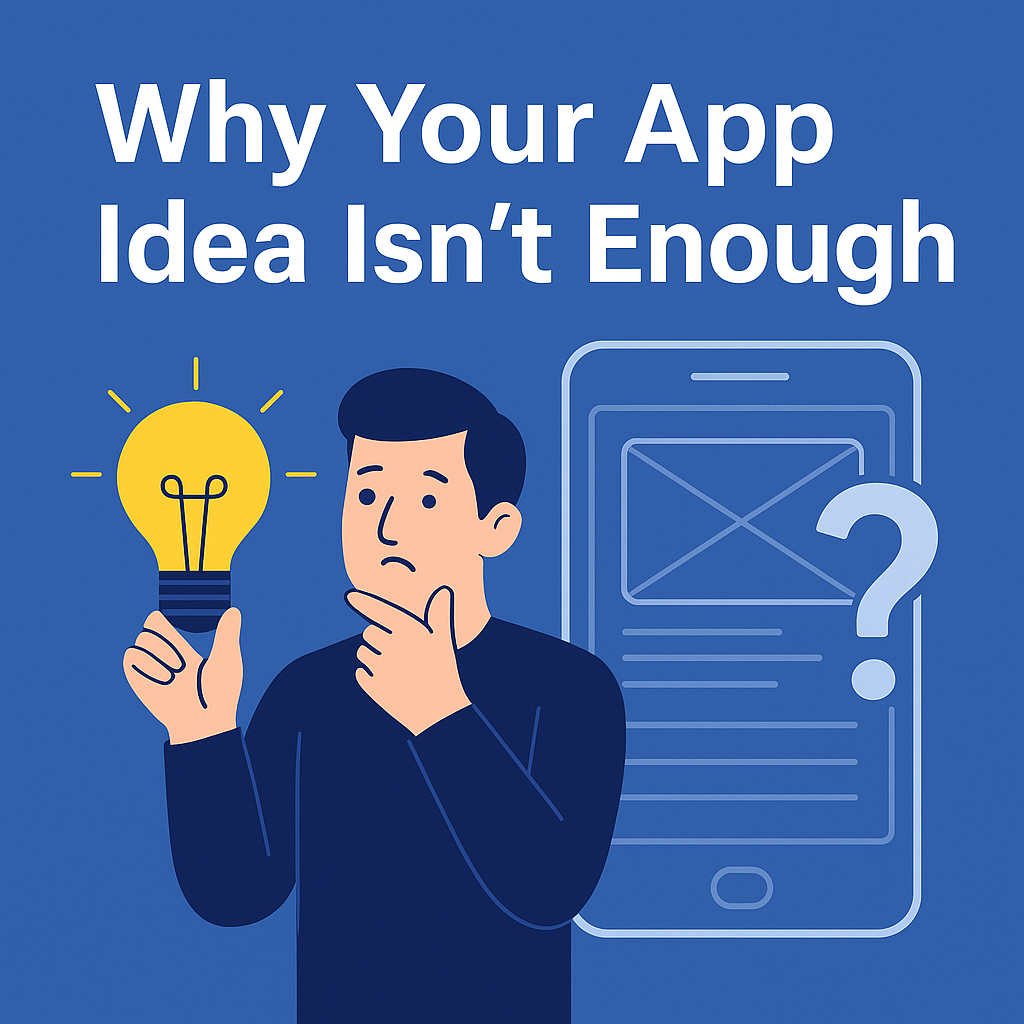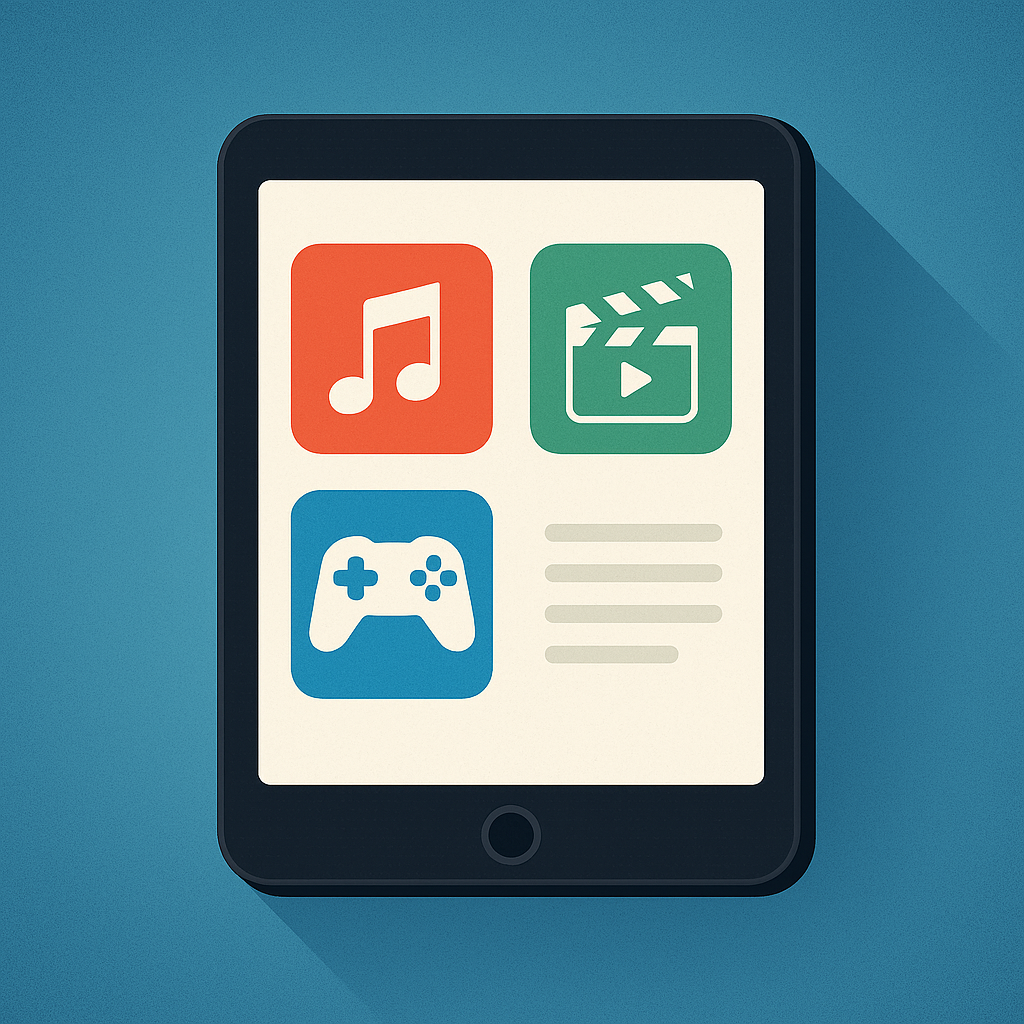How to Hire an App Developer Primer (part 1)
Every day, thousands of apps are submitted to Apple for the iPhone, iPad, or iPod Touch. And yet, many of them never make it past the development phase. Some are abandoned halfway. Others never move beyond an early prototype. I know because I’ve been there. My own app is still stuck somewhere between planning and release, drifting in what I can only describe as development limbo.
But the silver lining? I learned a lot about the process—especially about hiring and working with developers. In this guide, I’ll share the biggest lessons I’ve learned so you don’t have to make the same mistakes.
Lesson One: A Great Idea Isn’t Enough
So, you’ve got a fantastic idea for an app that will help promote your business. That’s a strong start. But having a great idea is just that—a start.
The App Store is filled with apps born from great ideas that failed because the execution wasn’t there. It’s not just about inspiration; it’s about being involved—deeply involved—in every stage of development.
If you assume that you can just hand over your idea to a developer and wait for magic to happen, you’re likely in for a rude awakening.
Why You Need to Be Actively Involved
Best-case scenario? The app gets finished, but it costs double what you expected. Why? Because the developer ends up filling in the blanks, making design decisions you should have made yourself.
Worst-case scenario? The app is either never finished or turns out to be completely different from what you envisioned.
Most small businesses don’t have the luxury of an in-house development team or a big budget to experiment with vague ideas. That means you’ll probably outsource your project—and when you do, clarity is everything. Developers charge by the hour, and the more guesswork they have to do, the more time (and money) you’ll burn.
Treat Your App Like a Product
Think of your app the same way you’d think about launching a new product in your business. You wouldn’t create a new product without researching demand, studying your competition, or defining your goals—and you shouldn’t approach an app any differently.
Ask yourself:
Who is the app for?
What problem does it solve?
What are users currently using instead?
Is this app designed to generate revenue—or to market your business?
Your answers will shape everything—from the app’s features to the way you market it to your audience. If you’re planning to make money from the app directly, you’ll need a very different strategy than if you’re offering it as a free tool to support your brand.
Why First Impressions Matter More Than Ever
In early 2024, Apple’s App Store passed over 2 million available apps. But here’s the catch: according to data from Localytics, roughly 1 in 4 users open an app once—and never return.
That means Your app has one shot to impress—especially now that competition for App Store visibility is fierce.
If the design is clunky, the purpose is unclear, or the user experience is underwhelming, your chances of converting that download into an active user go down fast.
That’s why planning, design, and usability are just as important—if not more important—than the app idea itself.
Have a Strategy Before You Write a Single Line of Code
If you’re serious about developing an app that works and gets used, you’ll need more than enthusiasm. You need a plan.
Start by defining:
The core purpose of your app
Your ideal user
Key features (and how they should behave)
What makes your app different or better
How you’ll launch and market it
Once you’ve mapped this out, you’ll be in a much better position to talk to a developer—and to keep things on track.
Developers Need a Blueprint—Not Just a Pitch
A developer can build your app, but they’re not mind-readers. Before quoting a price or timeline, they’ll want to see a detailed set of specifications. This can be a simple document that outlines:
What the app should do
How each screen should behave
Any technical or design preferences you have
Examples of apps you like (and why)
Having this “blueprint” helps the developer understand what you’re aiming for—and it reduces misunderstandings later on.
Even better, a clear brief opens the door for productive collaboration. Most experienced developers will offer suggestions for how to improve your app or streamline its functionality. But those improvements are only possible if you’ve done your part first.
Set Expectations Early, and Often
Once you and your developer agree on what the final product should look like, document everything. Use mockups or wireframes if possible. Set milestones. Clarify payment terms, timelines, and communication expectations. The more details you iron out in the beginning, the fewer surprises you’ll face during development.
It also keeps everyone accountable—especially if you’re outsourcing and working across different time zones.
Having a great app idea is exciting. But turning that idea into a functional, successful app requires time, strategy, and a willingness to stay involved from start to finish. If you treat your app like any other important business product—by researching, planning, and clearly communicating with your team—you’ll dramatically improve your chances of getting it built the way you imagined.
And if you’re still in the early stages, take a step back and ask yourself the key question: What exactly do I want this app to do—and why should anyone use it?
Answer that, and you’ll be ahead of most people who never get their app off the ground.



